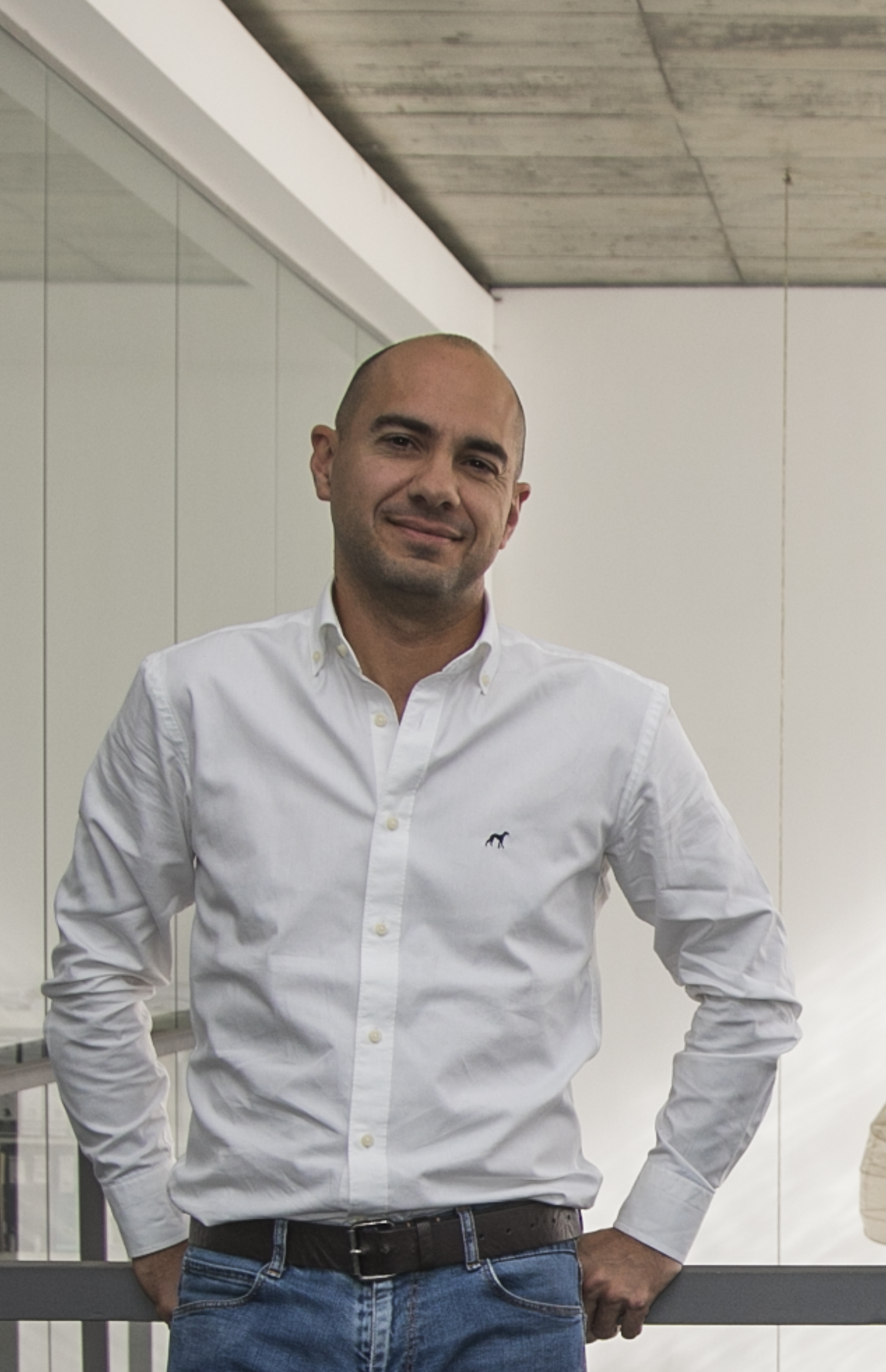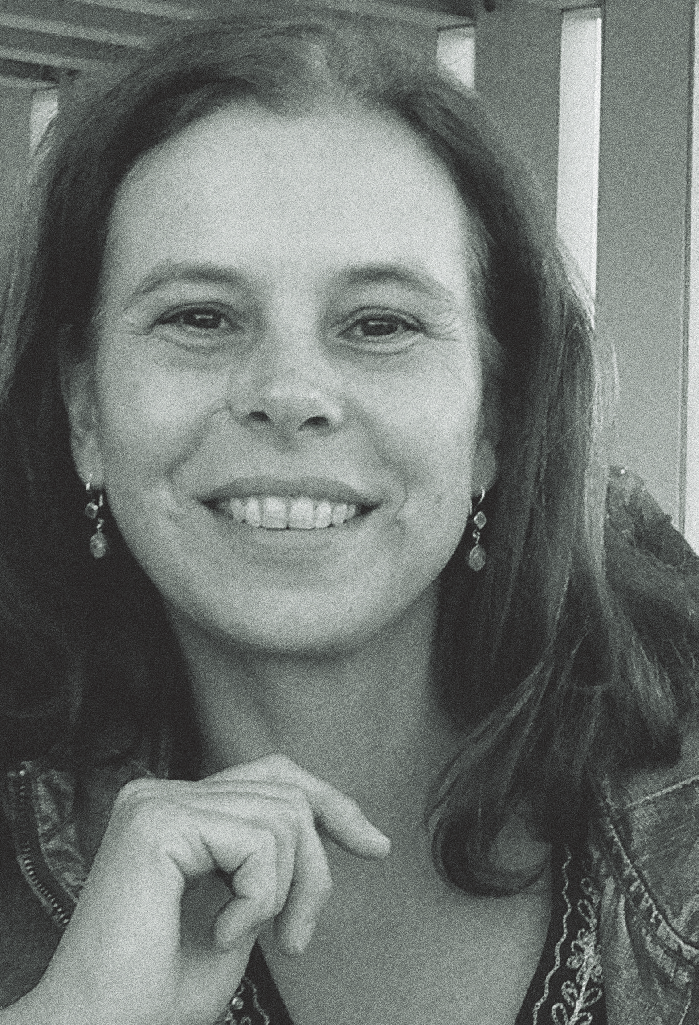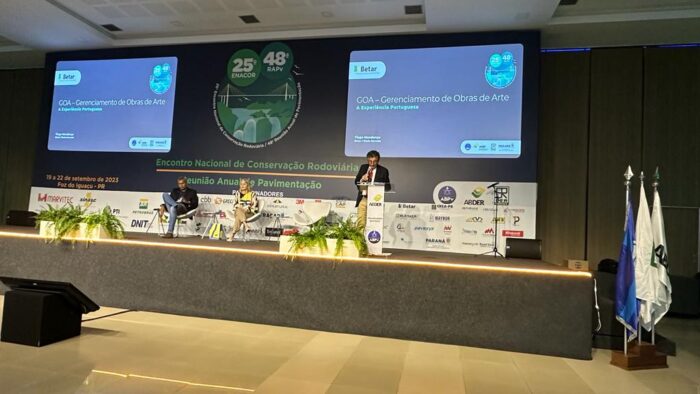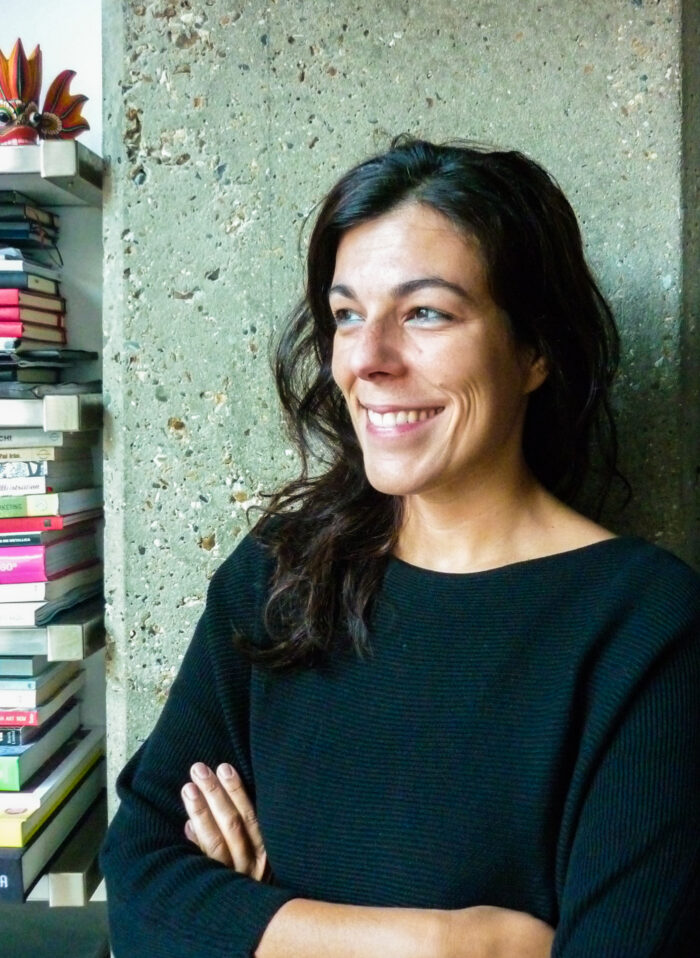A conversation with Arch. João Pedras

A conversation with Arch. João Pedras
‘The challenge [is] to improve the urban environment, creating more environmentally sustainable spaces and bringing better quality of life, so that the urban "jungle" can be a pleasant place to live. ’
Tell us about your professional career.
I started working right in the 2nd year of the course, in an architecture mockup studio, which allowed me to have contact with various projects and understand different approaches and programs, from public and private buildings, which was good since I worked in completely opposite scales. I remember making a scale model of Madeira Island, at a very small scale, and prototypes at half the real scale.
Who is architect João Pedras? What do you want with your work and what concerns you?
I understand the architect as someone who can solve the problems of the people who will use the spaces. Architecture can be merely the answer to the basic need of shelter until it takes us to moments that make us interpret the spaces through sensations created by the constructed forms. As a professional, I’m always accomplished when, at the end of the works, the clients demonstrate their satisfaction regarding the finished work and realize the added value of having hired an architect to help them make their dreams come true.
How did Metro Urbe come about?
Metro Urbe appeared naturally after collaboration in several architectural studios. After the acquisition of knowledge and experiences, the need arises to be able to affirm our individual capacity.
What are the principles of the studio, what differentiates and moves you?
Metro Urbe was created with Architect Hélder da Silva Cordeiro, and we both intend to capacitate the office to respond to the largest number of requests possible, with the acquisition of knowledge and direct experience in the works that give guarantees to the clients of the best resolution of the programs presented. We have as principles of the studio, and I think that differentiates us, a quick analysis of the requests and an effective response in technical and creative terms.
In a world in constant change, and with necessary impositions of sustainability, what are the main challenges and obstacles for architecture?
No matter how much we talk about sustainability, architecture has always tried to create the most comfortable environments for its use, and there are countless technical possibilities to create protection to the exterior elements, using well-structured solutions with a high thermal and acoustic performance. What seems to me that is having a constant and positive evolution is the reuse of materials, their recycling and the decrease of resources in their transformation, with high cost and consumption of fossil fuels.
Does the experience outside the country tell you that Portugal is on the right track or is there a lot to do?
All professional areas must be in constant acquisition of knowledge and there is always the possibility to improve through experiences acquired outside and inside our country.
In this sense, is internationalization a necessity or an option to have new experiences?
We cannot deny globalization and, as I said before, we are always richer with the confrontation of ideas and the analysis of experiences outside our territorial context.
Has this new situation that the world is going through affected or made you rethink many things in your work?
Of course, the architect has to accompany the new realities and prepare adequate responses to the new situations requested.
What would you like to do next? Do you have any defined goals for the future, new ideas, projects…?
I think I’ve been lucky enough to work in different areas of architecture but I feel like learning every day; the evolution of society itself creates new challenges that we have to be able to answer, but I think we can still go further and a challenge to all countries would be to improve the urban environment, creating more environmentally sustainable spaces and bringing better quality of life within these urban settlements, so that the so-called urban “jungle” can be a pleasant place to live.
This interview is part of the Artes & Letras Magazine # 122, September 2020
Partially automatic translation from portuguese: some expressions may differ from their actual meaning.
News & Interviews
A conversation with Arch. Inês Norton
‘We work with [...] natural elements such as stone, iron, gravel, concrete, water and vegetation and with other less tangible ones such as light, temperature, sound, smell ... ’ Read more
International Congress with Tiago Mendonça
Tiago Mendonça was a speaker at the 25th ENACOR - National Meeting of Road Conservation and 48th RAPv - Annual Paving Meeting, which took place until today at the Rafain Palace Hotel & Convention, in the city of Foz do Iguaçu, Paraná State, Brazil. Read more
A conversation with Arch. Mariana Barbosa Mateus
'We are a reference country in contemporary architecture, we export a lot of talented young architects because we are unable to absorb them here. Some ambitions for the architect's profession: I hope it becomes more valued and respected.' Read more




